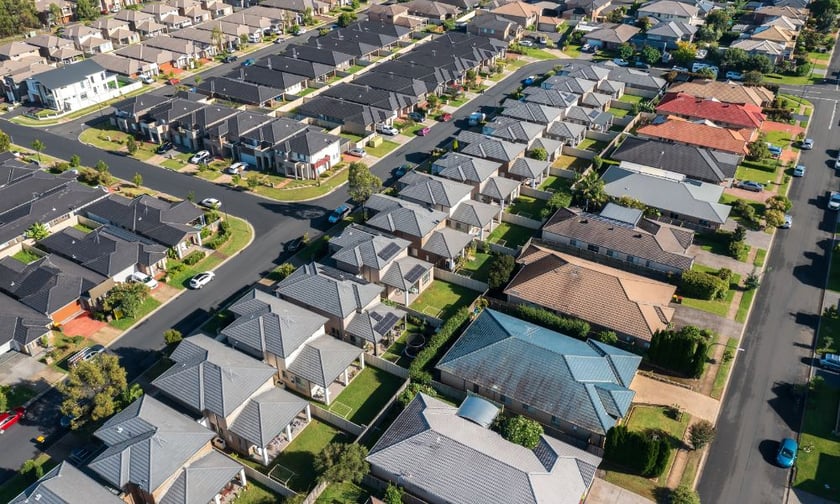

By
Two prominent financial figures have raised concerns over the state of Australia’s housing market, pointing to deep structural problems that they argue neither major political party appears willing to address, as reported by Michael West Media.
Paul Schroder, CEO of AustralianSuper CEO Paul Schroder and Jonathan Mott, banking analyst at Barrenjoey Capital, issued separate but aligned concerns at recent business summits, warning that the nation’s obsession with property is hurting both households and the broader economy.
“This is the crisis that is facing Australia. All we’ve done is pour all of this money into houses, which has deprived the economy of heaps and heaps of productive capital… we’re not creating new things, we’re not driving productivity,” Schroder said at the AFR Business Summit in March.
Weeks later at the ARF Banking Summit, Mott also described a sharp divide in access to home loans: “Over the last three years, since we’ve started seeing rates go up, the lending to owner-occupier [households] who earn less than $120,000 per year has fallen 66%. Only 8% of credit goes to owner-occupiers earning less than this. This 1% of society is getting more credit than the 60% who are owner-occupiers. This is not sustainable.”
Their warnings come as Sydney’s median house price hit a record $1.47 million in March. Nationwide, the average mortgage for first-home buyers is now about $520,000, with owner-occupiers in New South Wales borrowing an average of $811,000.
Michael West Media noted that many households are now spending over 50% of their income on mortgage repayments—up from under 30% in 2020—following interest rate hikes from 0.1% to 4.35% in less than two years.
Schorder and Mott argue that the heavy concentration of national wealth in non-productive assets is limiting capital available for business growth and innovation. The Productivity Commission recently reported that housing construction efficiency has also declined, with fewer homes being built per hour worked than in the past.
Rising property prices and mortgage debt are also impacting older Australians, with half of households aged 55 to 64 now approaching retirement while still paying off home loans. Mortgage debt for this group has risen over 600% between 1987 and 2015.
“It’s a game of property snakes and ladders that Australia has played over the last 25 years. A game that, as Mott correctly asserts, is patently unsustainable,” Michael West Media said.
